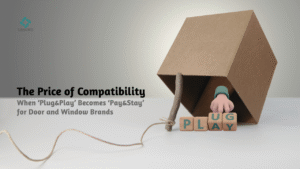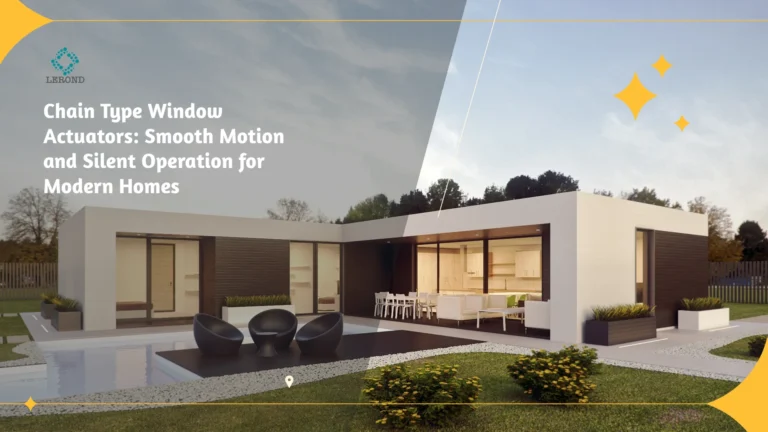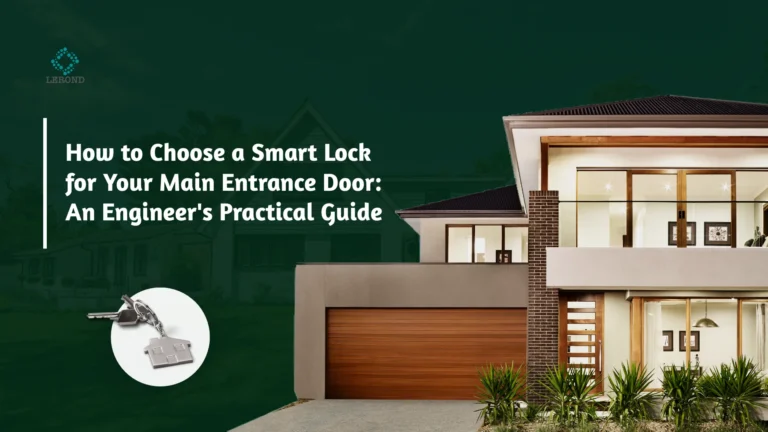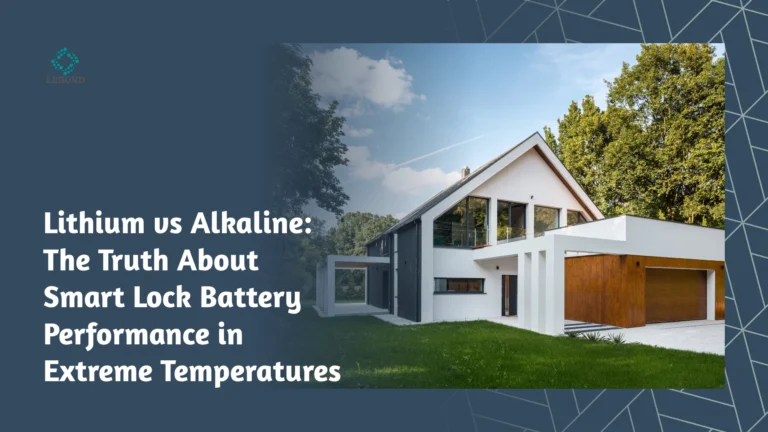The economics of ecosystem lock-in for small and mid-sized manufacturers.
For many manufacturers, “compatibility” sounds like a safe word. You want a system that simply works — plug, connect, and go. But over time, the phrase “plug and play” has quietly evolved into something else: “pay and stay.”
Behind every smooth onboarding experience lies a hidden economy — one built around ecosystem dependency. Once a factory chooses a major smart home platform, the integration, software, and support all seem seamless — until you try to move away. Suddenly, your products aren’t “compatible” anymore, your app licenses expire, and your customers are locked to someone else’s cloud.
How the Giants Built the Lock-In Economy
The global smart home giants — whether they offer locks, sensors, or control systems — have mastered this playbook. Their ecosystems attract partners with scale and visibility, but at a cost:
- License & SDK fees hidden behind “developer programs.”
- Closed APIs that make cross-brand integration nearly impossible.
- Firmware restrictions that tie hardware updates to their approval cycles.
- Data centralization that keeps the end-user relationship in their hands, not yours.
For large multinational door and window brands, these costs are manageable. But for small and mid-sized manufacturers — the ones driving 80% of real architectural innovation — the math doesn’t work. You pay for access, then pay again to stay relevant.
Why Giants Win — and Why That’s Not Always Bad
Let’s be clear: working with the giants isn’t wrong. They’ve built incredible infrastructures—reliable servers, global compatibility, sophisticated apps. For first-time entrants into smart hardware, this can be a fast track to market validation. You get a ready-made ecosystem, recognized logos, and customer trust by association.
The upside is real: ✅ Faster time-to-market. ✅ Easier certification paths. ✅ Shared R&D and stable firmware base. ✅ Customer familiarity with existing ecosystems.
But there’s a catch: That same infrastructure can quietly define your ceiling. If you can’t freely control the firmware, user interface, or data flow, your innovation stops where the platform’s boundary begins.
For small and mid-sized manufacturers who want to differentiate, this ceiling becomes a wall. And every new product you build inside that ecosystem only reinforces your dependence on it.
The Real Cost of “Plug and Play”
In theory, compatibility is freedom. In practice, it’s often a trade of convenience for control.
You save 6 months of app development today but might lose 6 years of brand independence tomorrow. Your customers download their app instead of yours. Your firmware updates follow their schedule instead of your product roadmap. Your product becomes part of a catalog you don’t fully own.
The ecosystem thrives. Your logo fades.
How LEROND Offers a Different Path
At LEROND, we think the future of smart doors and windows shouldn’t depend on who owns the biggest cloud — but on who builds the best experience for users and manufacturers alike.
Instead of asking clients to fit into our world, we help them build their own.
Our modular hardware + firmware architecture means:
- Manufacturers keep full control of their cloud accounts and user data within a white-labeled ecosystem.
- Integration remains open — Zigbee, Wi-Fi, BLE, and Matter-ready protocols keep you future-proof and ecosystem-flexible.
- OEM/ODM partners can brand freely, creating independent smart product lines with full technical support and zero vendor lock-in.
- Smart upgrades happen on your timeline, supported by agile firmware updates, local testing, and tailored deployment assistance.
This isn’t about rejecting the giants. It’s about choosing freedom over dependency, and partnership over hierarchy. LEROND’s approach lets manufacturers enjoy the stability of proven architectures (like Tuya’s global platform) while retaining true ownership of brand, data, and user journey.
A Smarter Future for the Industry
For the door and window sector, smart integration isn’t a fad anymore — it’s infrastructure. And infrastructure decisions have long-term consequences.
Choosing the right partner isn’t about who has the biggest ecosystem, but who gives you the most strategic autonomy. In the next wave of industrial transformation, agility will outweigh scale. Those who can innovate fast, customize confidently, and own their data will be the ones defining the next standard of smart living.
LEROND stands for that freedom — for every manufacturer who believes that “compatible” should never mean “compliant.”




